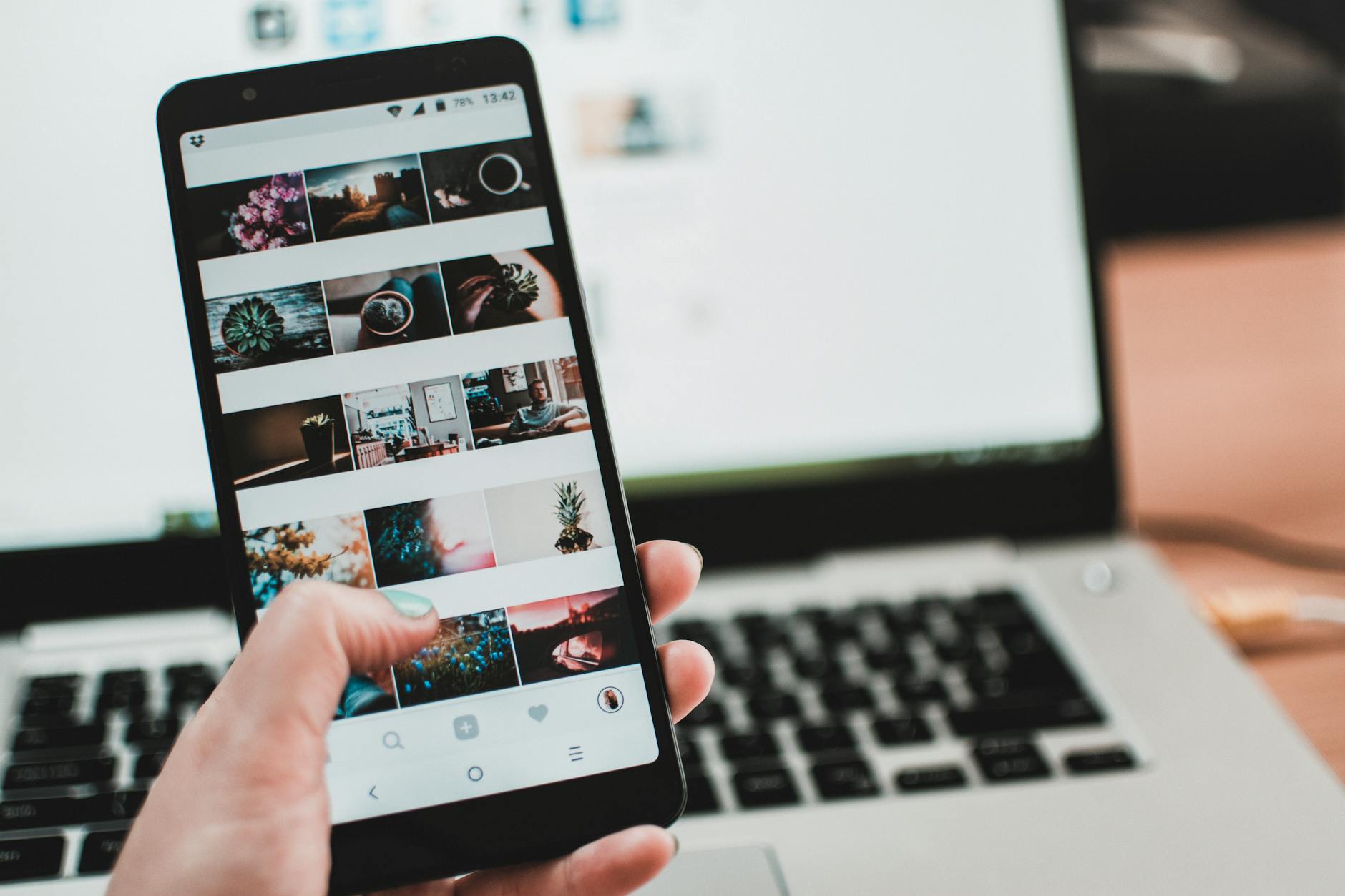What is multitasking pitfalls?

What is multitasking pitfalls?
In today’s fast-paced world, multitasking often appears as a badge of honor. Many of us believe that handling multiple tasks simultaneously boosts productivity. However, this notion can be misleading. In this article, we’ll explore the pitfalls associated with multitasking, shedding light on how it can actually hinder your efficiency and well-being.
Understanding Multitasking
At its core, multitasking refers to the ability to perform more than one task at the same time. Common scenarios include juggling emails while participating in a meeting or cooking dinner while taking a phone call. Although it may seem efficient, this practice often leads to more harm than good.
The Psychology Behind Multitasking
The human brain is not designed for multitasking. Instead, it processes information sequentially. When you attempt to juggle multiple tasks, your brain switches back and forth between them. This task-switching can lead to cognitive overload, making it harder to focus and perform effectively. Studies suggest that, contrary to popular belief, this phenomenon can actually reduce our overall performance (source: Indeed).
Types of Multitasking
There are two primary types of multitasking: true multitasking and task switching. True multitasking involves simultaneous actions that require minimal cognitive effort, like walking while chewing gum. In contrast, task switching, which is more common in work scenarios, requires mental energy as your brain shifts focus from one task to another. Each type impacts productivity differently, but task switching is particularly detrimental to efficiency.
Pitfalls of Multitasking
While it might seem like multitasking can help you get more done, it often comes with significant drawbacks.
Reduced Productivity and Efficiency
Numerous studies show that multitasking can decrease productivity by as much as 40%. This decline is largely due to the time lost during task-switching. When you split your attention, you may think you’re accomplishing more, but the reality is that you’re likely completing tasks at a slower pace (source: Forbes).
Increased Stress Levels
Multitasking can heighten stress levels. When you try to do too much at once, you may feel overwhelmed. This constant state of mental fatigue can contribute to anxiety and burnout over time. A study highlighted in Psychology Today shows that multitasking can lead to decreased focus and increased stress, making it less effective in the long run.
Diminished Quality of Work
When multitasking, the quality of your output often suffers. You might miss important details or make errors that could have been easily avoided if you focused on one task at a time. For instance, an email filled with typos can damage your professional reputation. This diminished quality not only affects your work but can also impact team dynamics, as others may rely on your contributions.
Impact on Work-Life Balance
One of the most significant pitfalls of multitasking is its effect on work-life balance. When you juggle work and personal tasks, the boundaries between the two can blur. This situation can lead to a lack of satisfaction in both areas. You may find yourself unable to fully engage with family during dinner because you’re still thinking about that work project. This constant distraction can erode your relationships and overall well-being.

Photo by Lisa Fotios
Strategies to Avoid Multitasking Pitfalls
To mitigate the pitfalls of multitasking, you can adopt several practical strategies that encourage focus and enhance productivity.
Prioritization Techniques
One effective method is the Eisenhower Matrix, which helps you categorize tasks based on urgency and importance. By prioritizing your to-do list, you can focus on what truly matters, reducing the temptation to multitask on less important tasks. This approach ensures you allocate your energy where it’s needed most.
Time Blocking Methods
Time blocking is another effective strategy. This involves scheduling specific time slots for individual tasks throughout your day. By dedicating uninterrupted periods for focused work, you can significantly improve your concentration. It’s helpful to treat these blocks like appointments to limit distractions and maintain accountability.
Mindfulness Practices
Incorporating mindfulness into your daily routine can enhance focus and productivity. Mindfulness techniques, such as meditation or simply taking deep breaths, help center your mind and reduce stress. Practicing mindfulness can create a clearer mental state that allows you to tackle one task at a time, improving both the quality of your work and your overall mental health.
Conclusion
Multitasking, often viewed as a productivity enhancer, can lead to a myriad of pitfalls that hinder efficiency, increase stress, and diminish the quality of work. By understanding these challenges and implementing strategies such as prioritization, time blocking, and mindfulness, you can significantly improve your productivity and work-life balance. Embracing single-tasking may feel foreign at first, but it can lead to more meaningful accomplishments and a healthier mindset. So why not give it a try? You’ll likely find that focusing on one task at a time pays off in the long run.